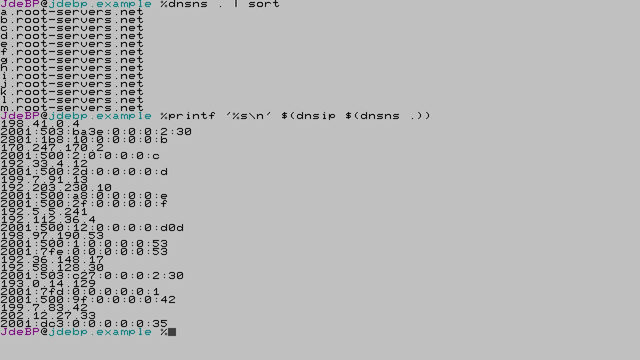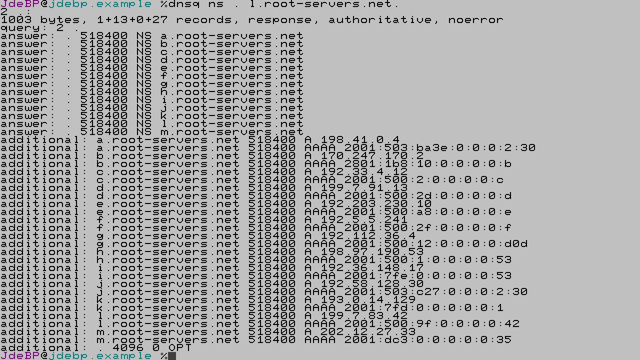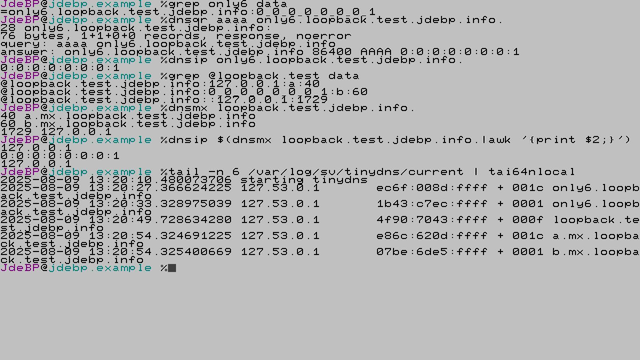[…Continued]
#Quad9, #GooglePublicDNS, and my ISP all appeared to respect their capped TTLs; having cache misses when the TTLs reached zero. Unsurprisingly.
I know, both from prior experience and having seen the code, that the on-machine cache respects its TTLs in like manner.
Anyone expecting this (quite conventional) behaviour would be greatly misled by CloudFlare, however.
Quad9 and Google Public DNS were better than #CloudFlare, in retention time or amount of re-population needed to fill every cache behind the anycast; but they with their more aggressive TTL capping got nowhere near as long an interval between cache misses that the on-machine cache has.
CloudFlare, however, in fact incurred cache misses multiple times per hour, at one point fetching anew on *all* of its caches after a mere 10 minute gap when the test was halted. The TTLs never even managed to count down to 41 days before there was a (sometimes global!) cache miss.
#DomainNameSystem #BendersTest


